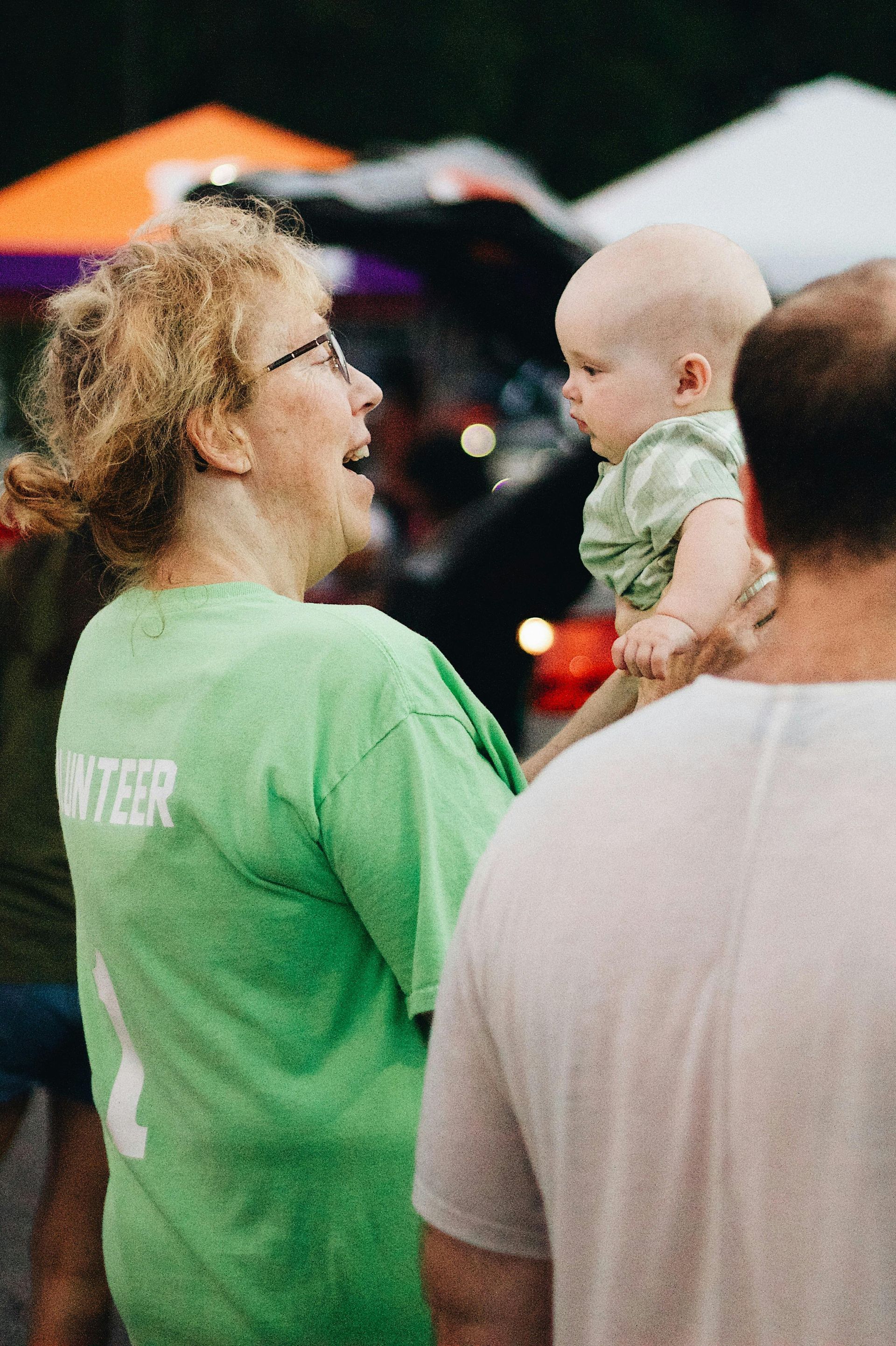How Space Junk Threatens Future Space Exploration.
What You Need to Know About the Space Junk Cleanup Efforts
How Space Junk Threatens Future Space Exploration?
As humanity delves deeper into space exploration, the increasing amount of debris orbiting our planet poses significant challenges. This article highlights the top seven ways space junk threatens the future of exploring the cosmos.
1. Collision Risk
One of the most immediate threats of space junk is the risk of collision. With millions of pieces of debris from defunct satellites, spent rocket stages, and fragments from previous collisions, even a tiny piece can cause catastrophic damage to operational spacecraft. Each collision increases the risk for future missions, making successful launches and operations increasingly difficult.
2. Impact on Satellite Operations
Satellites are essential for communication, navigation, and Earth observation. Space debris presents a constant danger to these satellites, forcing operators to conduct evasive maneuvers to avoid collisions. These maneuvers can be costly, lead to service interruptions, and reduce the longevity and reliability of satellite systems.
3. Threat to Manned Missions
Human space exploration, such as missions to the International Space Station (ISS) or Mars, faces immense dangers from space debris. Any collision while traveling at high speeds can be fatal. The need for protective measures (like shielding) increases the complexity and cost of manned missions, making them more hazardous.
4. Increased Costs of Space Missions
Dealing with space debris requires additional resources, from tracking and monitoring systems to mitigation strategies. As a result, the overall cost of space missions escalates. Agencies must invest in technologies to avoid collisions, which could divert funds from scientific research and exploration projects.
5. Hindered New Launches
The active space environment forces governments and commercial entities to rethink their launch strategies. The heightened risk of space debris requires thorough risk assessments before new missions. This can lead to delays in the launch schedule, reducing opportunities for exploration when opportunities arise.
6. Compromising Future Space Infrastructure
As more space stations and orbital structures are planned, whether for research or tourism, the presence of space junk jeopardizes this infrastructure. Future endeavors, such as lunar bases or asteroid mining stations, depend on a safe orbital environment. If debris levels continue to rise, developing and maintaining such projects could become impractical.
7. Environmental and Safety Concerns
Beyond space operations, space debris poses environmental challenges. There’s a potential threat of debris re-entering the Earth's atmosphere and causing harm. Parts of fallen space junk can land in populated areas, leading to safety concerns. Furthermore, managing the debris around Earth and its potential interactions with other celestial bodies must be considered in ongoing and future exploration plans.
In conclusion, the threat of space junk is a pressing issue that requires immediate attention and international cooperation. As we look to the stars, safeguarding our orbital environment is essential for continued exploration and discovery. Addressing this growing concern will ensure that space remains accessible and safe for generations to come.









